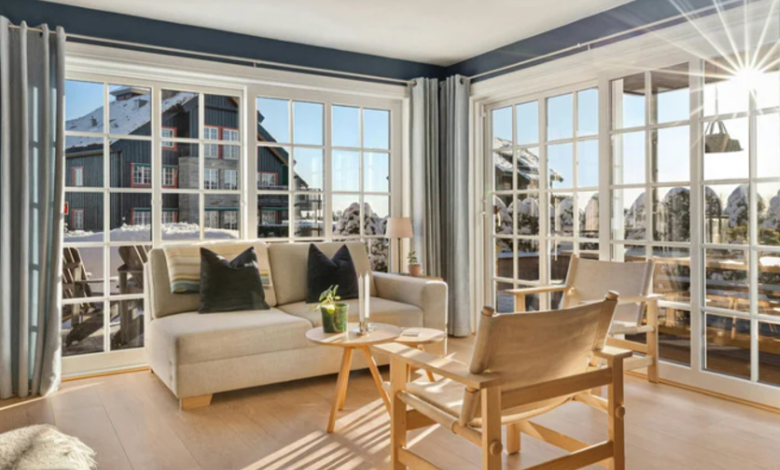Different Types of Energy-Efficient Windows and Which One Fits Your Home Best

Selecting energy-efficient windows isn’t just about lowering energy bills; it’s about enhancing home comfort, improving insulation, and ensuring long-term performance. With so many window types on the market, it can be challenging to determine which option fits your architectural style and climate needs. Consulting an expert on energy efficient window in Houston can help identify the most effective match for your home.
Double-Pane vs. Triple-Pane Glass
One of the most common distinctions in energy-efficient windows is the number of glass panes. Double-pane windows include two layers of glass with an insulating gas, usually argon or krypton, between them. This setup helps reduce heat transfer and improve indoor temperature regulation.
Triple-pane windows take this a step further by adding an extra layer of glass and gas. This enhances thermal performance and soundproofing, making them ideal for extreme climates or noisy neighborhoods. However, they are heavier and more expensive, which may not be necessary for mild conditions.
Low-E Coatings for Climate Control
Low-emissivity (Low-E) coatings are microscopically thin metallic layers applied to window glass. They reflect infrared light, keeping heat inside during winter and outside during summer. These coatings are essential for reducing solar gain while allowing natural light to pass through.
In hot climates, choosing a Low-E coating that blocks more UV and infrared light helps keep cooling costs down. In colder areas, a coating that retains heat can be more beneficial. Understanding these subtle differences is where a qualified replacement window company in Houston brings valuable insight to the selection process.
See also: Why Communication with Your Home Builder Is Crucial for a Successful Project
Gas Fills: Argon vs. Krypton
Between the panes of energy-efficient windows, insulating gases act as invisible barriers against thermal transfer. Argon is the most common, it’s affordable, safe, and effective for standard-sized windows. Krypton, while more expensive, is denser and better suited for narrower gaps, often found in triple-pane configurations.
For most homeowners, argon-filled windows offer a good balance between cost and performance. However, luxury builds or passive homes may benefit from the superior insulation of krypton-filled windows.
Frame Materials That Support Efficiency
The frame is just as critical as the glass when it comes to energy performance. Vinyl frames are popular for their affordability and good insulation properties. Fiberglass offers higher durability and expands/contracts less with temperature changes, maintaining a tighter seal.
Wood frames provide excellent natural insulation but require regular maintenance. Aluminum, while strong, often needs a thermal break to meet modern efficiency standards. Each material has pros and cons depending on your climate, maintenance tolerance, and budget.
Styles That Minimize Air Leakage
Certain window styles are naturally more energy efficient. Casement windows, for example, seal tightly when closed, reducing air infiltration. Fixed-pane windows (non-operable) also offer superior energy performance because they don’t have moving parts. Sliding and double-hung windows may have more leakage points, though modern designs with compression seals mitigate this issue.
Conclusion
The best energy-efficient windows combine the right glass, gas fill, frame, and style to meet your home’s specific performance goals. Consulting with a seasoned replacement window company ensures the selection process is based on real-world performance, not guesswork. Whether you’re aiming for year-round comfort, reduced utility costs, or increased resale value, the right combination delivers lasting benefits.





